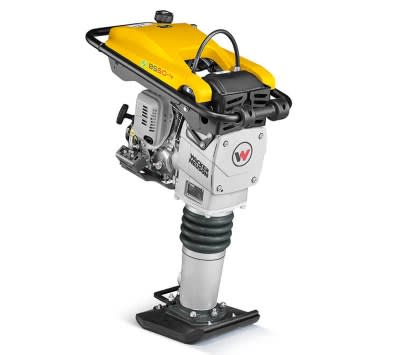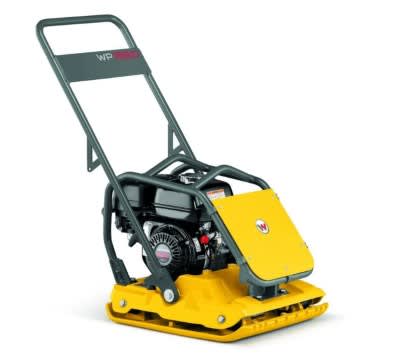Hi
Just a question about compaction on top of culvert. After completion of a precast box culvert, how is the soil on top of the box culvert going to be compacted? If the vibrating roller is too heavy, the compactive force may break the top slab if the soil layer is too thin.
Is there a formula to calculate the force or pressure exerted on top of the culvert given the layer of backfill on top of the culvert changes? I can think the easy way is to assume the roller exert a line load and is distributed 45 deg down the depth of the soil.
Any helper?
Thanks
Just a question about compaction on top of culvert. After completion of a precast box culvert, how is the soil on top of the box culvert going to be compacted? If the vibrating roller is too heavy, the compactive force may break the top slab if the soil layer is too thin.
Is there a formula to calculate the force or pressure exerted on top of the culvert given the layer of backfill on top of the culvert changes? I can think the easy way is to assume the roller exert a line load and is distributed 45 deg down the depth of the soil.
Any helper?
Thanks



![[idea] [idea] [idea]](/data/assets/smilies/idea.gif)